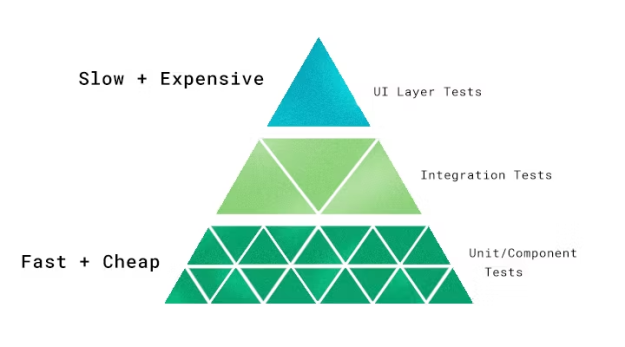Over the past few weeks in CS443 – Software Quality Assurance and Testing, we’ve been learning how to apply our boundary test classes to create Decision Tables and apply somewhat similar logic to create Program and DD-Path Graphs for code segments. Decision tables are visual tools used in software testing and analysis to specify actions based on given conditions. The strategy we learned in class of assessing all possibilities then systematically combining them based on the decision outcomes and particularly “Don’t care” scenarios seems like a useful and interesting way to map out test designs.
So, I decided to look into blogs discussing Decision Tables and their implementation in software testing and found a great post on ShiftAsia with abstract and specific examples alongside general discussion. This post is also quite recent – posted on January 9, 2024 – which is something I always appreciate as the software/tech world is constantly changing. It opens by describing how to create a Decision Table by representing it with the following matrix:
| Condition Stub | Condition Entries |
| Action Stub | Action Entries |
Condition stub: List of all conditions in consideration
Condition entries: Filled out with Y/N (or X) to cover all possible combinations of conditions
Action stub: List of all possible actions/output
Action Entries: Marked (generally with X or blank) to show outcome and an association between a condition and result.
This is then illustrated with an example of being able to register according to conditions of having a valid email, registered email, and valid password. I found this template and example helpful to better understand Decision Tables in general by comparing them to the steps we did in our In-Class Assignment 7. And, using the example of an altogether invalid email forcing all results to be “Invalid” makes sense logically for the column consolidation.
The process of combining columns and simplifying Decision Tables is reminiscent of CS254 – Computer Architecture and Organization concepts, particularly using K-Maps to calculate Sum of Products and Product of Sums. Based on similar responses to a variety of inputs, we are able to essentially combine and simplify the K-Map table and in turn the expression it produces. While K-Map logic works based on binary math laws rather than actual outcomes, there’s a clear correlation here as we represent outcomes with boolean values that can be easily represented in binary – as either a 0(false) or 1(true). My personal experience in CS254 wasn’t the best – I didn’t totally understand how many of the concept we learned are applicable in practical situations, so it’s cool and exciting to see it applied in software testing – an area I would’ve probably least expected it.
Sources:
https://blog.shiftasia.com/use-decision-table-in-software-development
From the blog CS@Worcester – Tech. Worth Talking About by jelbirt and used with permission of the author. All other rights reserved by the author.





